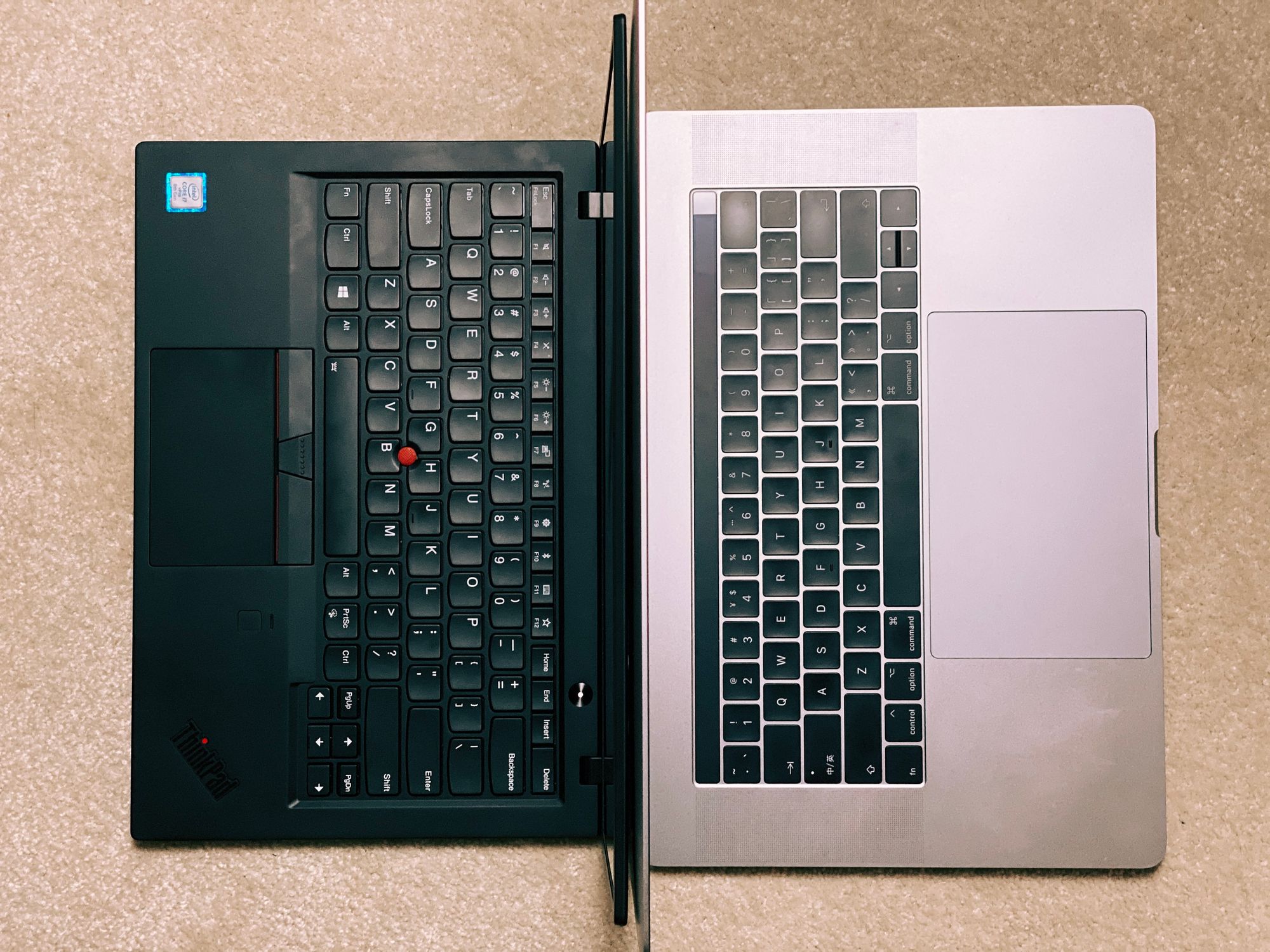From Mac to Linux

Switching from macOS to Linux is a journey filled with surprises, both pleasant and challenging. It’s akin to moving to a new country. The landscape is different, the customs are unfamiliar, and even the language, though recognizably similar, has its own dialects and idiosyncrasies. This transition, embarked upon a year and a half ago, has been a revealing exploration of what binds me to my operating systems and what happens when I step out of my comfort zones.
The allure of macOS is undeniable. Its seamless integration of hardware and software creates an environment where everything just works, often beautifully so. The Force Touch trackpad, with its nuanced gestures and feedback, epitomizes this harmony. It’s a feature that becomes second nature, making any alternative feel less intuitive. Yet, the charm of the ThinkPad’s TrackPoint and keyboard, reminiscent of early engineering days, speaks to a different kind of efficiency and tactile satisfaction. This dichotomy between modern gestures and traditional keystrokes represents the first of many crossroads encountered on this journey.
The challenge extends beyond mere input preferences to the very infrastructure of our digital workspaces. Dual 4K monitors, a staple in many professional setups, highlight the friction between the old and the new. The simplicity of Thunderbolt 3 and USB-C connections on modern MacBooks clashes with the more cumbersome arrangements often found in the Linux world. This isn’t just about physical connections; it’s about how we bridge the gap between sleek, user-friendly design and the sometimes arcane world of Linux configurations.
Software, too, presents its hurdles. The absence of macOS staples like WeChat, Things, or Parallels Desktop in Linux doesn’t just signify a loss of functionality; it symbolizes the departure from an ecosystem where everything is designed to work together seamlessly. Each missing piece is a reminder of the trade-offs involved in leaving behind Apple’s walled garden for the open plains of Linux.
Yet, it’s not just about what’s lost. Moving to Linux is also about what’s gained: a sense of control over one’s digital environment, the freedom to customize, and perhaps most importantly, the opportunity to contribute to a community that thrives on openness and collaboration. The initial discomfort of missing proprietary software fades as one discovers alternatives that, while not always as polished, often provide deeper levels of customization and control.
The transition also prompts a reevaluation of our reliance on Apple’s ecosystem. Features like Handoff or iCloud sync become less about convenience and more about understanding the trade-offs between interoperability and independence. The decision to embrace Linux is as much about seeking new possibilities as it is about letting go of familiar comforts.
Even seemingly minor issues, like the quirks of Bluetooth microphone support, serve as reminders of the journey’s nature. They’re not just technical problems to be solved but milestones that mark the progress towards adapting to a new environment.
This journey from macOS to Linux is not a straightforward path. It’s a winding road filled with discoveries about what we value in our tools and ourselves. It challenges us to reconsider what we need versus what we’re accustomed to. And perhaps most importantly, it offers a chance to engage with technology on a more fundamental level, understanding its workings rather than just its surface.
As this exploration continues, it becomes clear that the journey is not just about reaching a destination. It’s about the insights gained along the way, the unexpected joys of learning and adapting, and the realization that sometimes, stepping out of my comfort zone leads me to a place where I feel more at home than ever before.
-mgc
Originally published on May 6, 2020. Revised with ChatGPT on June 2024.